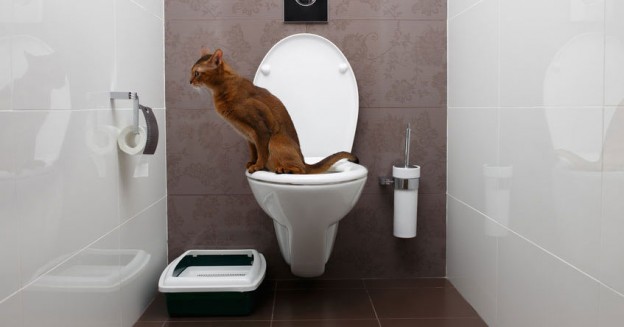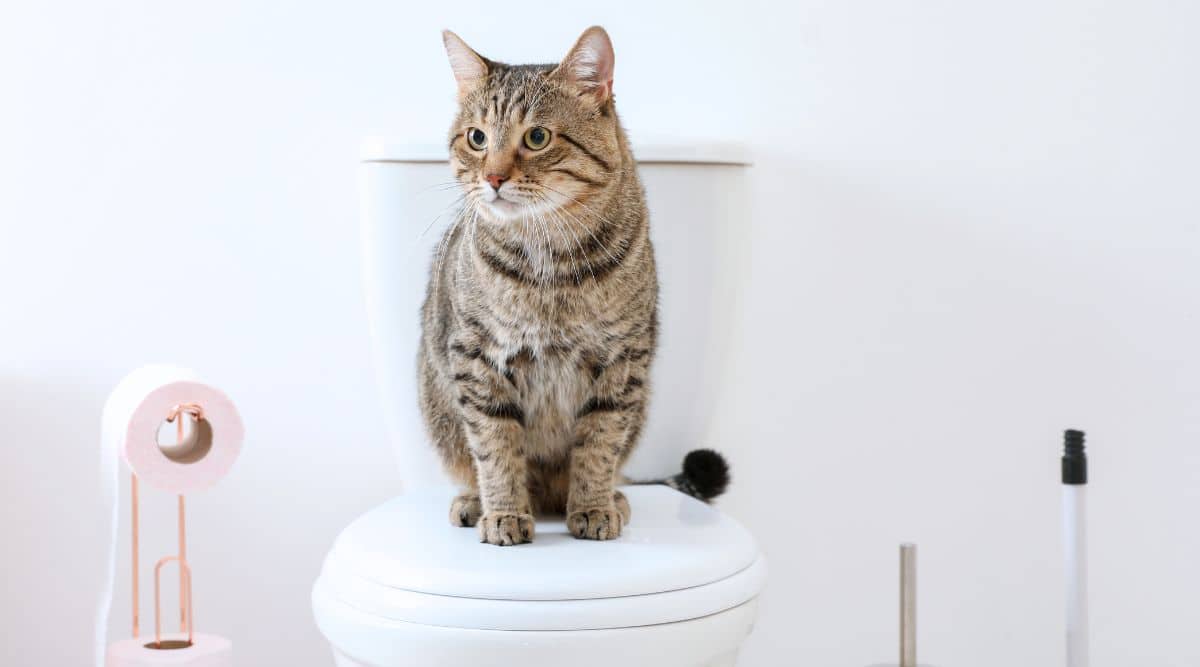Avoid Flush Cat Poop Down Your Toilet - Protect Your Plumbing Infrastructure
Avoid Flush Cat Poop Down Your Toilet - Protect Your Plumbing Infrastructure
Blog Article
Right here down the page you can get lots of worthwhile data concerning Don’t flush cat feces down the toilet.

Intro
As cat proprietors, it's essential to bear in mind just how we take care of our feline pals' waste. While it might appear convenient to flush pet cat poop down the toilet, this method can have damaging effects for both the setting and human health.
Environmental Impact
Flushing cat poop introduces damaging microorganisms and parasites into the supply of water, positioning a considerable risk to aquatic ecosystems. These contaminants can adversely affect marine life and concession water top quality.
Health and wellness Risks
Along with ecological issues, purging pet cat waste can additionally present wellness dangers to people. Pet cat feces may include Toxoplasma gondii, a parasite that can create toxoplasmosis-- a possibly serious disease, especially for pregnant women and individuals with weakened body immune systems.
Alternatives to Flushing
Luckily, there are safer and much more accountable means to get rid of feline poop. Consider the following choices:
1. Scoop and Dispose in Trash
The most typical method of taking care of cat poop is to scoop it into a naturally degradable bag and toss it in the trash. Be sure to use a specialized trash scoop and deal with the waste without delay.
2. Usage Biodegradable Litter
Select biodegradable pet cat trash made from materials such as corn or wheat. These litters are environmentally friendly and can be securely thrown away in the trash.
3. Hide in the Yard
If you have a lawn, take into consideration burying pet cat waste in a designated location far from vegetable gardens and water resources. Be sure to dig deep enough to stop contamination of groundwater.
4. Mount a Pet Waste Disposal System
Invest in a pet dog waste disposal system particularly developed for pet cat waste. These systems use enzymes to break down the waste, decreasing smell and environmental influence.
Final thought
Responsible pet possession extends past providing food and shelter-- it also entails proper waste monitoring. By avoiding flushing pet cat poop down the bathroom and opting for different disposal methods, we can decrease our ecological footprint and shield human wellness.
Why Can’t I Flush Cat Poop?
It Spreads a Parasite
Cats are frequently infected with a parasite called toxoplasma gondii. The parasite causes an infection called toxoplasmosis. It is usually harmless to cats. The parasite only uses cat poop as a host for its eggs. Otherwise, the cat’s immune system usually keeps the infection at low enough levels to maintain its own health. But it does not stop the develop of eggs. These eggs are tiny and surprisingly tough. They may survive for a year before they begin to grow. But that’s the problem.
Our wastewater system is not designed to deal with toxoplasmosis eggs. Instead, most eggs will flush from your toilet into sewers and wastewater management plants. After the sewage is treated for many other harmful things in it, it is typically released into local rivers, lakes, or oceans. Here, the toxoplasmosis eggs can find new hosts, including starfish, crabs, otters, and many other wildlife. For many, this is a significant risk to their health. Toxoplasmosis can also end up infecting water sources that are important for agriculture, which means our deer, pigs, and sheep can get infected too.
Is There Risk to Humans?
There can be a risk to human life from flushing cat poop down the toilet. If you do so, the parasites from your cat’s poop can end up in shellfish, game animals, or livestock. If this meat is then served raw or undercooked, the people who eat it can get sick.
In fact, according to the CDC, 40 million people in the United States are infected with toxoplasma gondii. They get it from exposure to infected seafood, or from some kind of cat poop contamination, like drinking from a stream that is contaminated or touching anything that has come into contact with cat poop. That includes just cleaning a cat litter box.
Most people who get infected with these parasites will not develop any symptoms. However, for pregnant women or for those with compromised immune systems, the parasite can cause severe health problems.
How to Handle Cat Poop
The best way to handle cat poop is actually to clean the box more often. The eggs that the parasite sheds will not become active until one to five days after the cat poops. That means that if you clean daily, you’re much less likely to come into direct contact with infectious eggs.
That said, always dispose of cat poop in the garbage and not down the toilet. Wash your hands before and after you clean the litter box, and bring the bag of poop right outside to your garbage bins.
https://trenchlesssolutionsusa.com/why-cant-i-flush-cat-poop/

I came across that piece of writing about How to Dispose of Cat Poop and Litter Without Plastic Bags when doing a search on the search engines. Appreciated our post? Please share it. Help someone else find it. I appreciate reading our article about Don’t flush cat feces down the toilet.
Click Here Report this page